Kyoto is easily one of the most FOMO-inducing cities in the world. Packed with so much to see/do/taste/try/fall in love with, you might be unsure of what should be on your Kyoto-do list. That’s why we’ve done it for you! Here are the 15 things you absolutely must do in Kyoto in order to get the ‘full experience’ and keep those nasty feelings of missing out safely at bay.
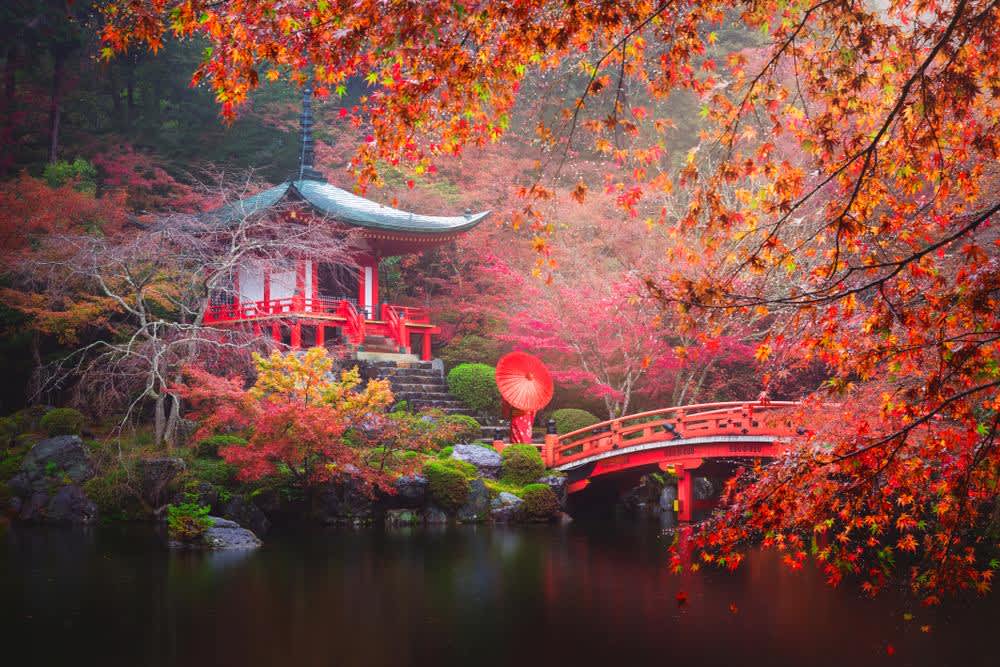
1. Explore a world of temples
There are more than 1600 temples in Kyoto.
Sixteen. Hundred.
That means if you visited a different temple every day of the year for four years, you still wouldn’t have seen every temple in Kyoto.
For the time poor, there are a handful of famous Kyoto temples that you need to visit (particularly first-timers), with each one bringing something entirely unique to the table. We suggest ticking off one or two of these:
- Daigoji: The temple’s five-storey pagoda is the oldest surviving structure in Kyoto.
- Kiyomizudera: One of the most iconic temples with a beautiful panoramic view of Kyoto (note: the main hall is undergoing renovations until March 2020, but visitors can still enter)
- Ginkakuji (‘Silver Pavilion’): Once a shogun’s retirement villa, now a classic Zen temple
- Kinkakuji (‘Golden Pavilion’): A Zen Buddhist temple covered in gold leaf
- Tofukuji: See the oldest Zen gate in the country
- Ryoanji: Draw inspiration from the world-famous rock gardens
- Tenryuji: The temple boasts one of the finest examples of traditional Japanese garden design
- Honen-in: A tranquil temple covered in moss and mystery
- Eikando (aka Zenrinji): The temple is famous for brilliant foliage in the fall
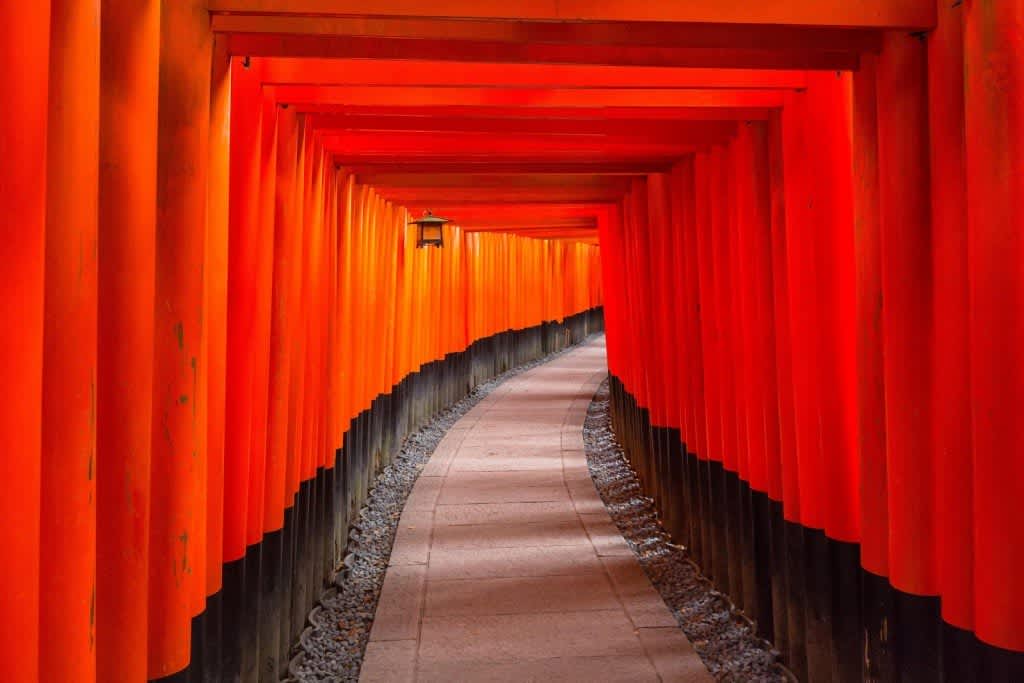
2. Stroll through Shinto shrines
Meaning “the way of the gods”, Shinto is Japan’s oldest religion and lives on in over 400 Shinto shrines across Kyoto. Again, there’s a lot of them, so make sure you leave room to wander through at least one of the following:
- Fushimi Inari Taisha Shrine: One of Kyoto’s most prominent and popular attractions
- Heian-jingu Shrine: An iconic symbol of Kyoto with its towering red torii gate
- Yasaka-jinja Shrine: Buzzing with energy and home to the Gion Matsuri (festival)
- Kifune-jingu Shrine: A retreat nestled in a quaint village in the northern mountains of Kyoto
- Kitano-tenmangu Shrine: One of the most famous plum blossom viewing spots in Kyoto, this shrine holds an annual plum blossom festival in February
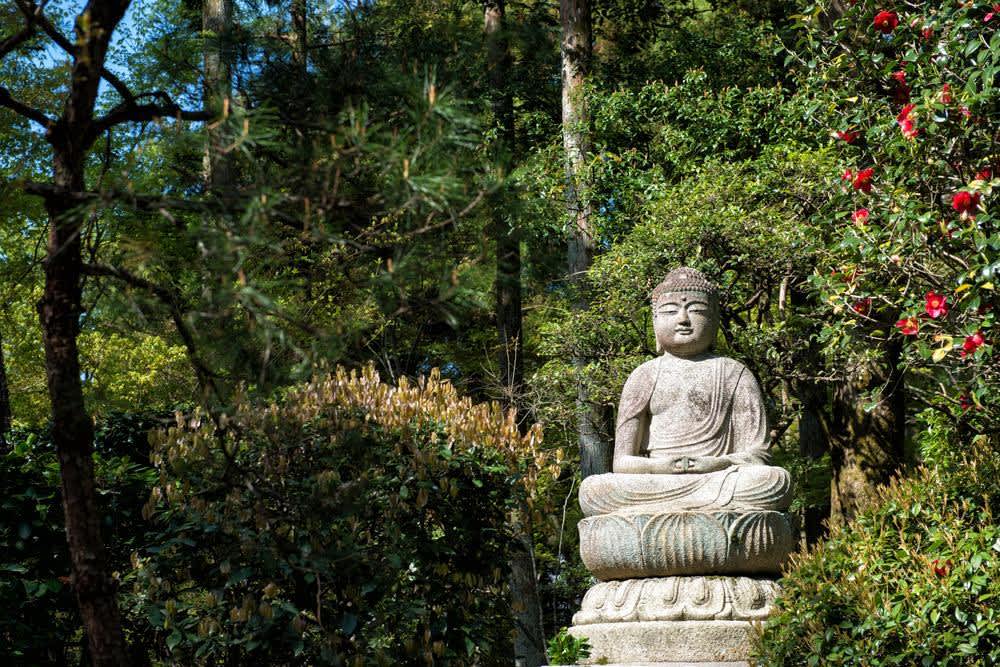
3. Join a ‘zazen’ meditation session at a Buddhist temple
Practice mindfulness by joining a zazen meditation session at one of Kyoto’s many Buddhist temples.
Typically catering to groups, you’ll be guided through the basic techniques of Zen Buddhist meditation, its history and how to incorporate it into your everyday practice.
Kyoto has an abundance of temples that offer meditation courses as well as lodging e.g. Shunkoin or Myoshinji Temple, with many offering English sessions. Reservations are often required, so be sure to plan your journey to self-realisation in advance!
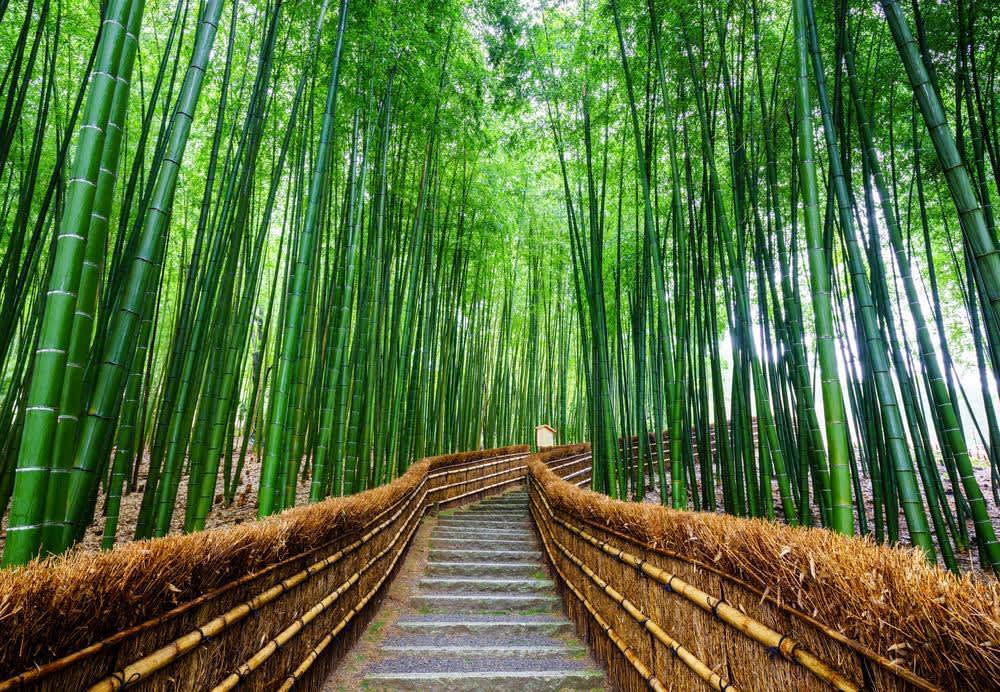
4. Get bamboozled by Arashiyama
One of Kyoto’s most iconic and insta-famous attractions, the Arashiyama Bamboo Grove truly is a sight to behold. Located in the Sagano area of western Kyoto (a 20 minute train ride from JR Kyoto Station), the bending walk through the vibrant, emerald green bamboo forest is a short, immersive experience that transports you to another world.
(Hot tip: the experience is most stunning if you approach from the side gate of Tenryuji Temple.)
If you happen to be here in December, be sure to catch the winter illumination event, Hanatoro, which involves thousands of lanterns lighting up the night throughout the Arashiyama area.
For a non-touristy experience, consider visiting Otokuni Bamboo Grove in Muko City (a 10 minute train ride to Mukomachi Station from JR Kyoto Station, followed by a 10 minute taxi ride), a 1.8km forest path lined with eight kinds of bamboo hedges.
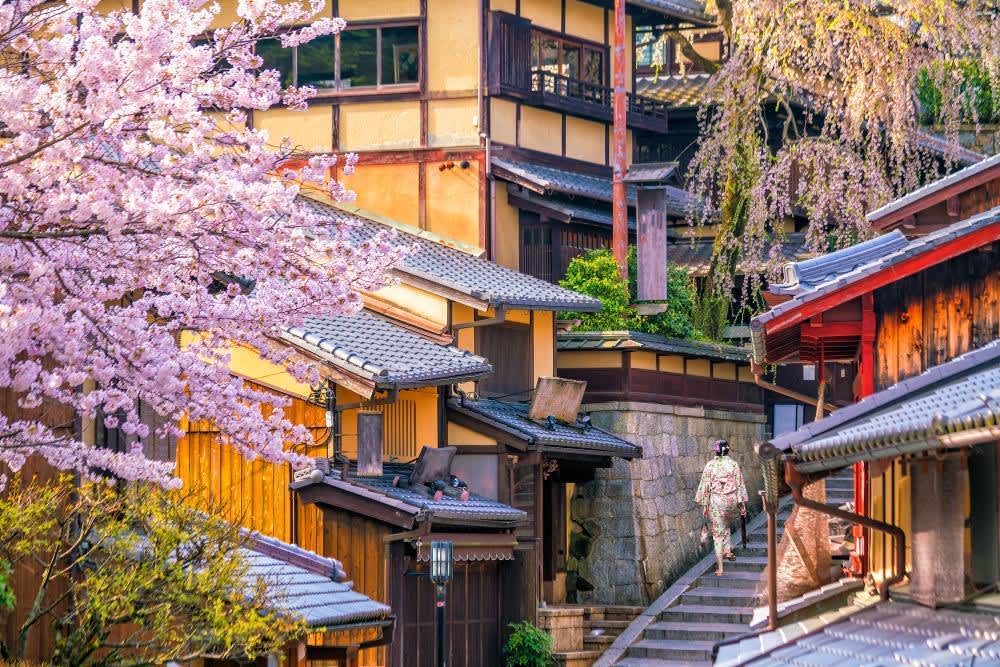
5. Meet a geisha in Kyoto
The geisha of Kyoto (known locally as ‘geiko’) live and work in one of five ‘kagai’ (‘Flower Town’) neighbourhoods where they sing, dance and entertain clientele in exclusive teahouses.
Stroll through the oh-so-charming streets of Gion or Pontocho at dusk and you may be lucky enough to spot maiko—geiko in training, as they make their way to an appointment.
The most authentic way to get up and personal with a maiko or geiko is at a teahouse or ryokan, which can be arranged by a tour operator and high-end hotels. Or head straight to Gion Corner at Yasaka Hall to watch daily maiko dances and enjoy six other traditional performing arts including tea ceremony, koto (six-stringed zither), gakaku (court music) and kyogen (short-form theatre).
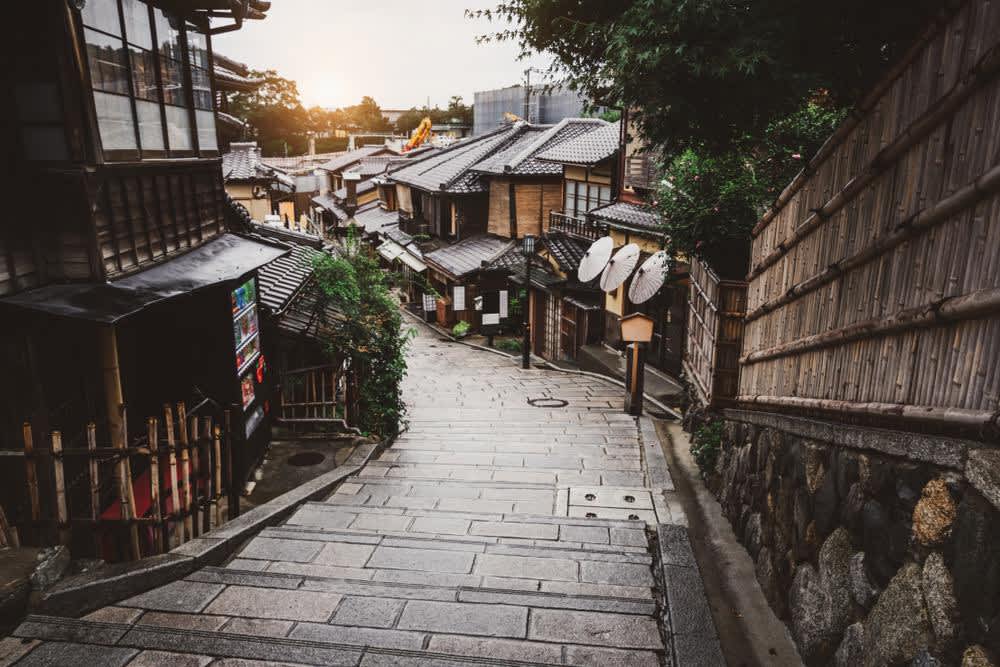
6. Don a kimono in Higashiyama
What better way to explore the traditional district of Higashiyama than in an authentic kimono! Neighbouring Gion, Higashiyama has plenty of rental shops (many with English websites) that will properly fit you with a beautiful kimono or yukata of your choosing. Male kimono are also available!
The best place to take your kimono for a spin? Take a stroll down by the canal along the Philosopher’s Path, one of Kyoto’s most scenic city walks. The path also conveniently connects many of the temples and shrines listed above.

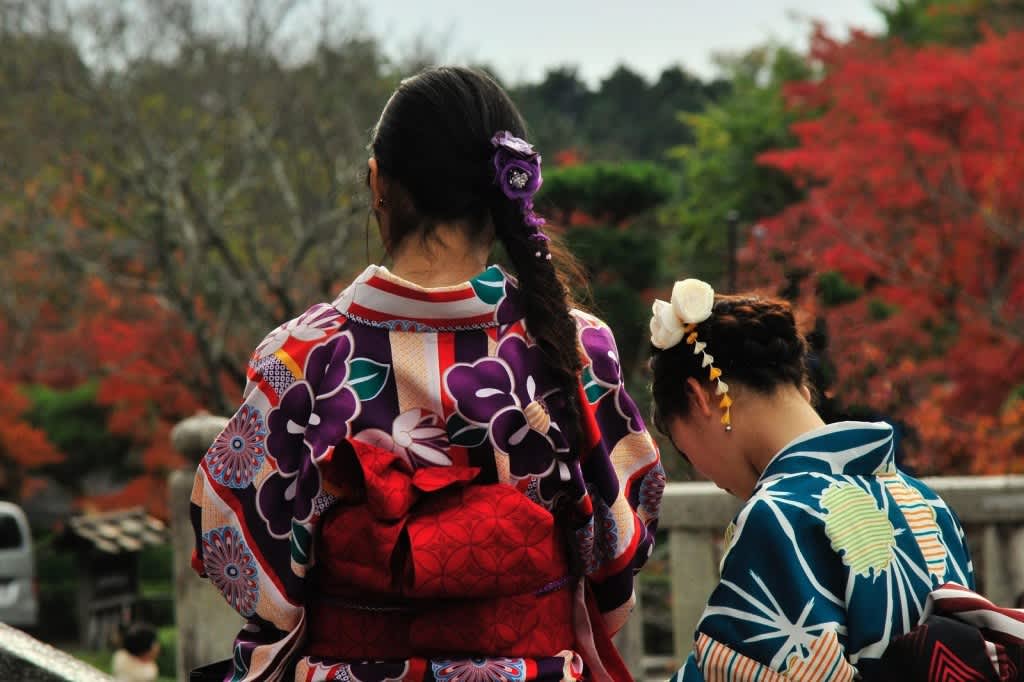
7. Craft your own Kyo-Yuzen keepsake
Invented in the late 17th century, Kyo-Yuzen is a traditional Kyoto dyeing technique used to bring textiles to life (like that kimono you’ll be donning).
If you want to try your hand at the ancient craft, workshops are dotted over the city that give you the opportunity to learn about the intricate dyeing process and create your own Kyo-Yuzen memento to take home to show off.
Workshops usually run for an hour or so, making them perfect for slotting between other must-dos!
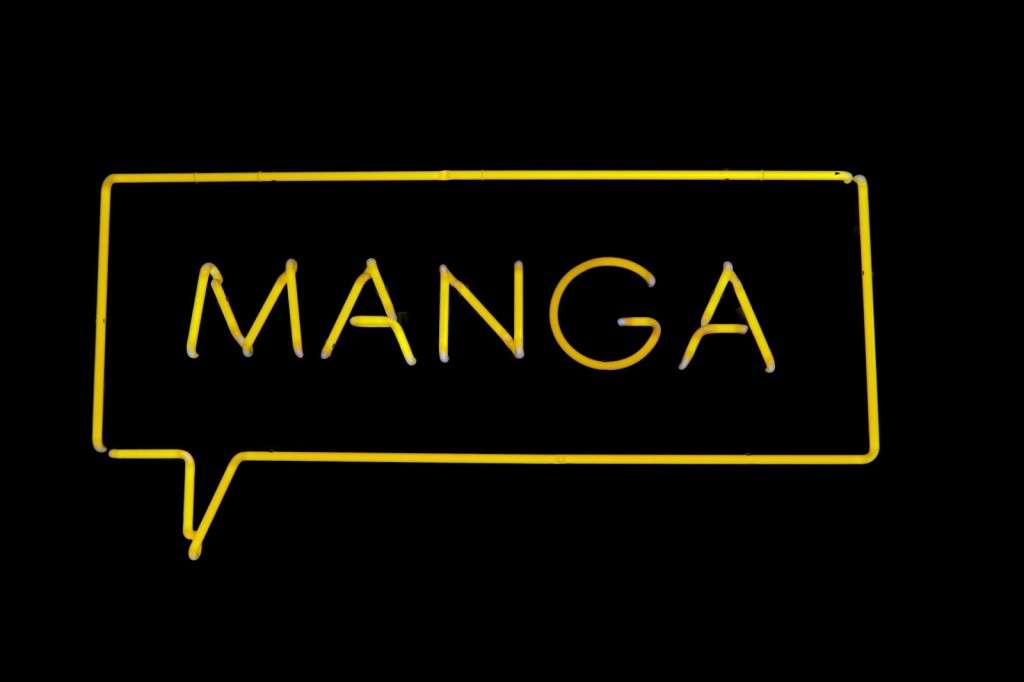
8. Visit the Kyoto International Manga Anime Fair and the Kyoto International Manga Museum
If you’re a fan of anime, manga and cosplay, head to the Kyoto International Manga Anime Fair, an event held over two days in September each year. Featuring shops, exhibition booths, a character café, cosplay show, workshops and more, the event aims to promote anime and manga culture to the world and connect budding creators with companies.
At the Kyoto International Manga Museum you can choose from 50,000 volumes of manga to read, see original artwork, and attend a workshop to learn how to create your own manga. The museum is open year-round except for Wednesdays, the New Year’s holiday and maintenance periods.
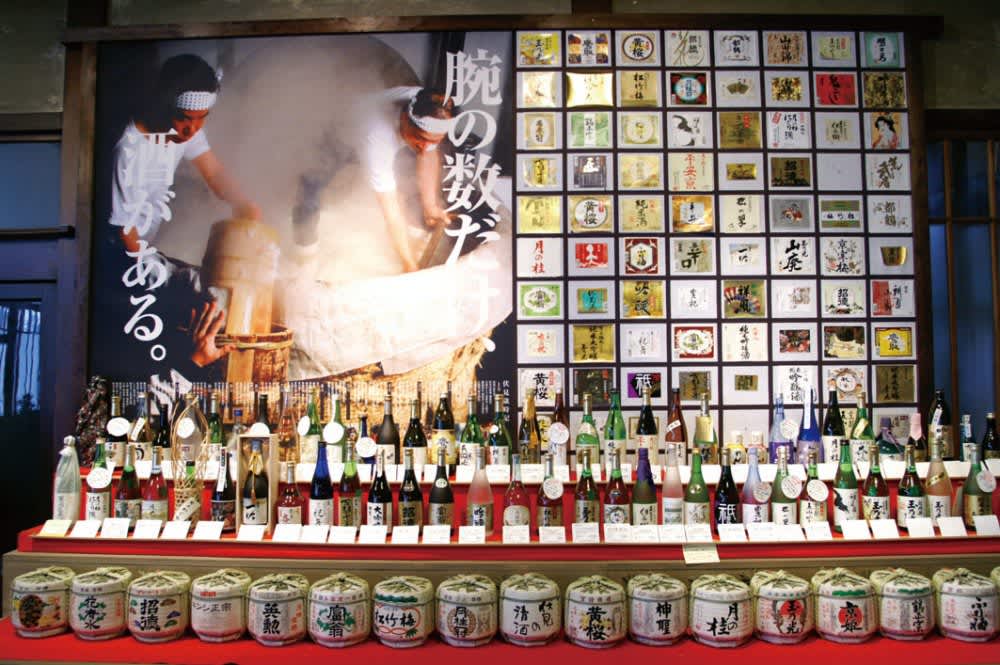
9. Sip on Sake in Fushimi Sake District
While many travellers include a visit to Fushimi Inari Taisha Shrine on their itinerary, it’s a little known fact that Fushimi is one of Japan’s most famous sake-producing areas.
Fushimi is blessed with abundant spring water containing the perfect balance of potassium and calcium – ideal for creating delicious sake.
Take a scenic canal boat ride on jikkokubune, flat-bottomed boats that once transported sake and rice to the old Fushimi river port. Visit the Sake Café Fushimi Yume Hakushu to taste different kinds of sake made by local breweries or head to Sake Bar Aburacho to sample premium Ginjo-shu from over 80 varieties.
10. Visit Arashiyama Monkey Park Iwatayama
Climb up Mt. Iwatayama to see around 120 Japanese macaques in the wild at Arashiyama Monkey Park Iwatayama. A 20-minute walk from the park entrance takes you to the mountain’s summit and you’ll be rewarded with panoramic views over Kyoto city. There’s a feeding area for monkeys here too (for a change, visitors enter a caged hut and feed the free-roaming monkeys outside through the fencing), and a playground for children. The area is known for its beautiful cherry blossoms in spring and vivid autumn colours.

11. Munch down Michelin-stars
Kyoto is the 3rd most Michelin-starred city in the world. (Tokyo and Paris take 1st and second place, respectively).
From traditional Kyoto-style kaiseki to sushi to French cuisine, the city of Kyoto is a gastronomical nirvana.
What makes things even more exciting is that many of the starred establishments are very budget friendly, especially if you visit during lunchtime. If you’ve always wanted to go to a Michelin-starred restaurant, Kyoto is your chance to do it.
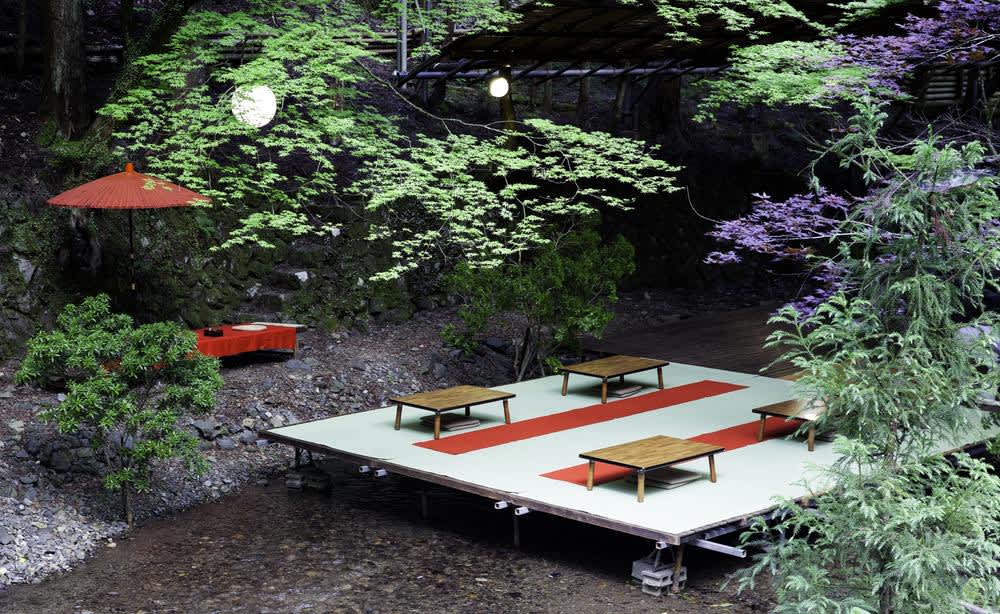
12. Experience ‘kawadoko’, Kyoto style al fresco dining
During the warmer months (typically May through September), some restaurants set up decks over or next to rivers and waterfalls so you can enjoy a meal while the flowing water beneath you keeps you cool.
Well-known areas to try kawadoko include the village of Kibune in the northern mountains of Kyoto and along the Kamogawa River, the city’s main waterway.
After dinner, take a stroll along the riverbank, beautifully illuminated by lanterns and streetlights.
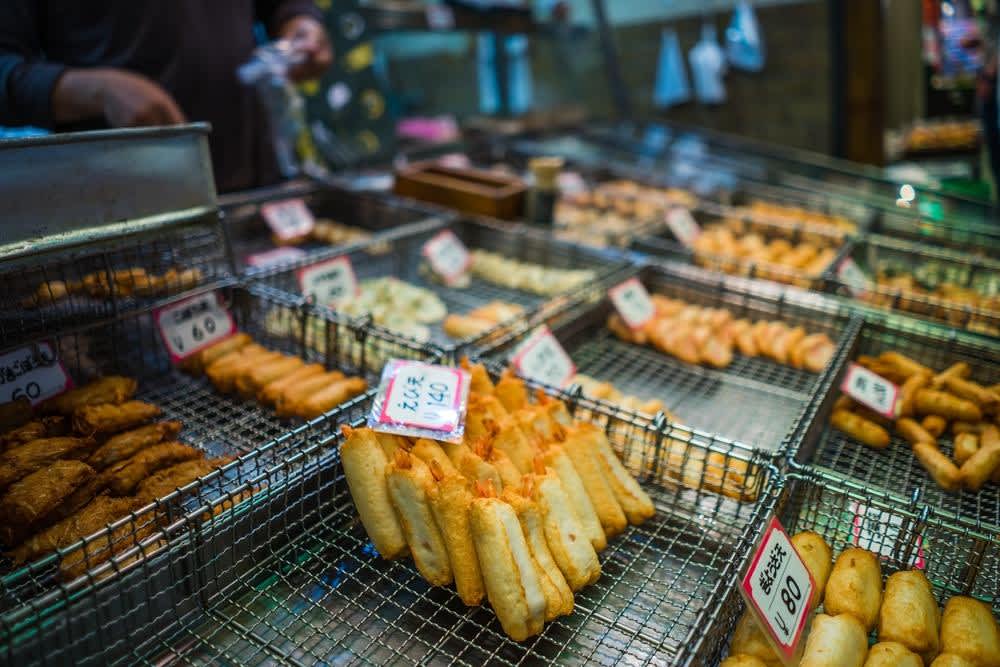
13. Explore Nishiki Market, the kitchen of Kyoto
No trip to Kyoto is complete without strolling through Nishiki Market, stretched along a 400m path from Teramachi to Takakura. Popular with locals and tourists alike, the market sells everything from pickles and preserves to kitchen knives. Samples are always on offer, so go hungry!
Local specialities include ‘yuba’ (tofu skin) and soy milk doughnuts. The best time to visit is around 10am in the morning.

14. Stay the night in machiya, a traditional townhouse
Machiya are the traditional townhouses that line the busy streets of Kyoto. Many of the narrow wooden homes have been restored and preserved, and open their doors to travellers looking for a one-of-a-kind stay unique to Kyoto.
Machiya are popular accommodation options in Kyoto so be sure to book ahead, especially during peak season or dates that align with festivals and big events.

15. Attend Kyoto’s biggest festival
The legendary Gion Matsuri transforms the entire city into a massive party in the summer! There are many different events, however the grand procession of giant floats (Yamaboko Junko) held on 17 and 24 July is the main event not to miss.
Taking place over the entire month of July, make sure you book your ryokan, Machiya or hotel well, well, well in advance.




























































